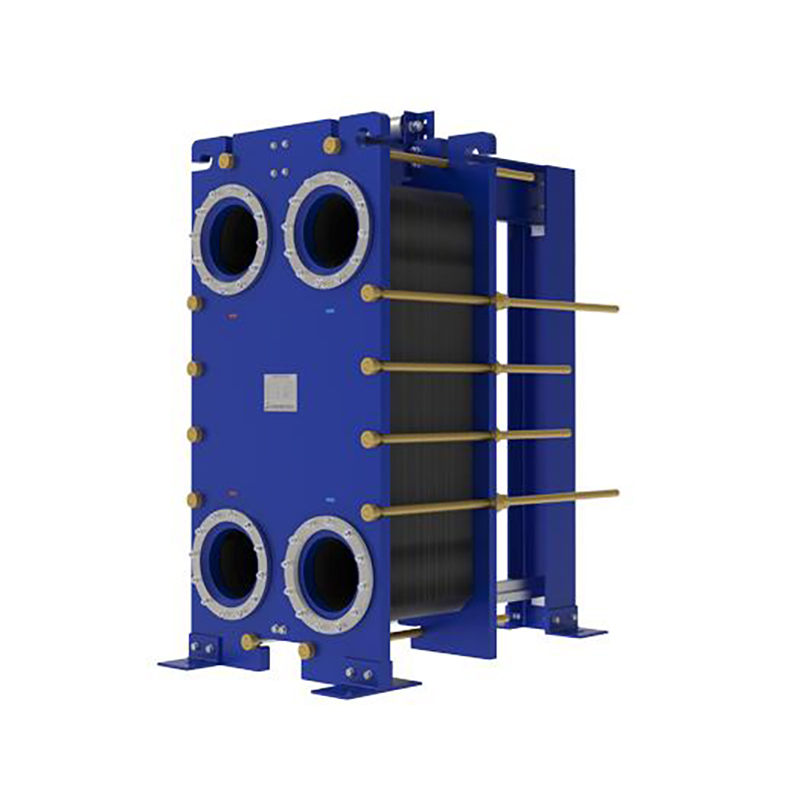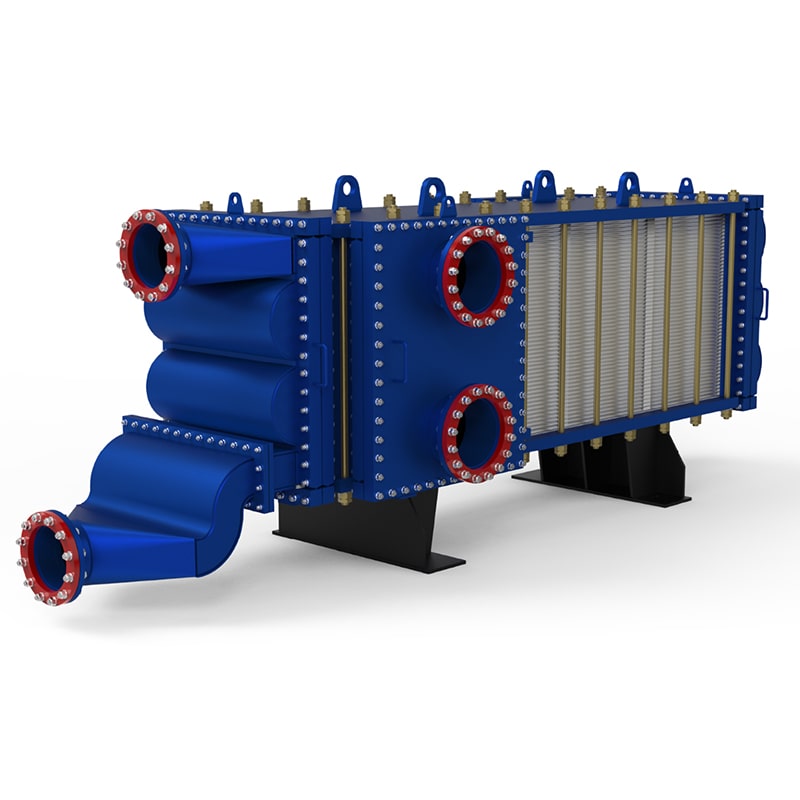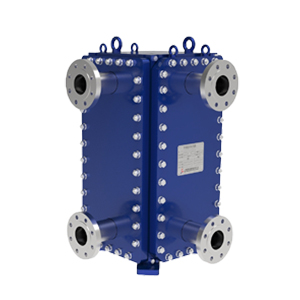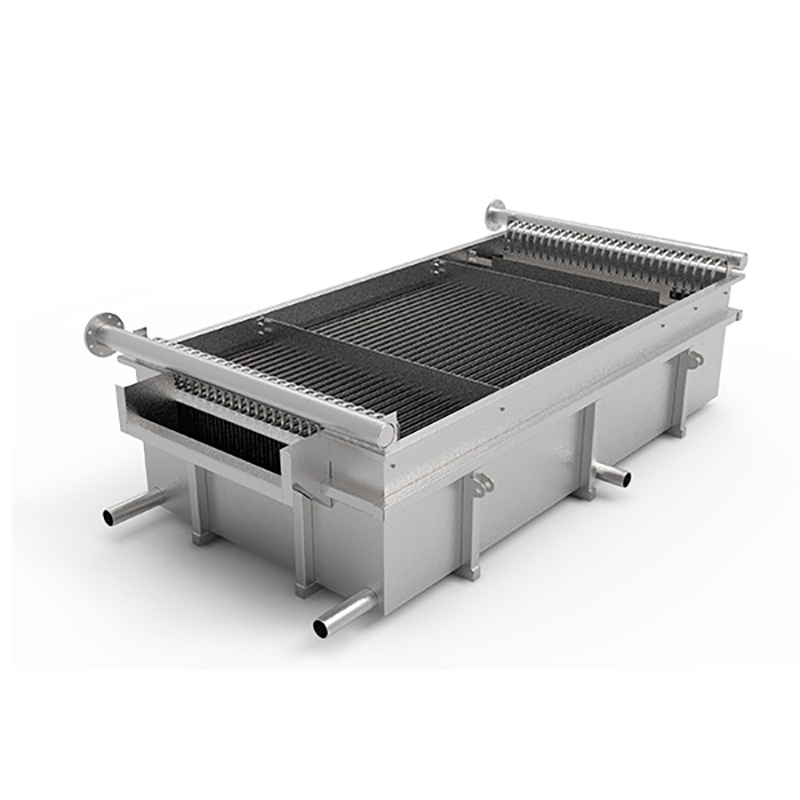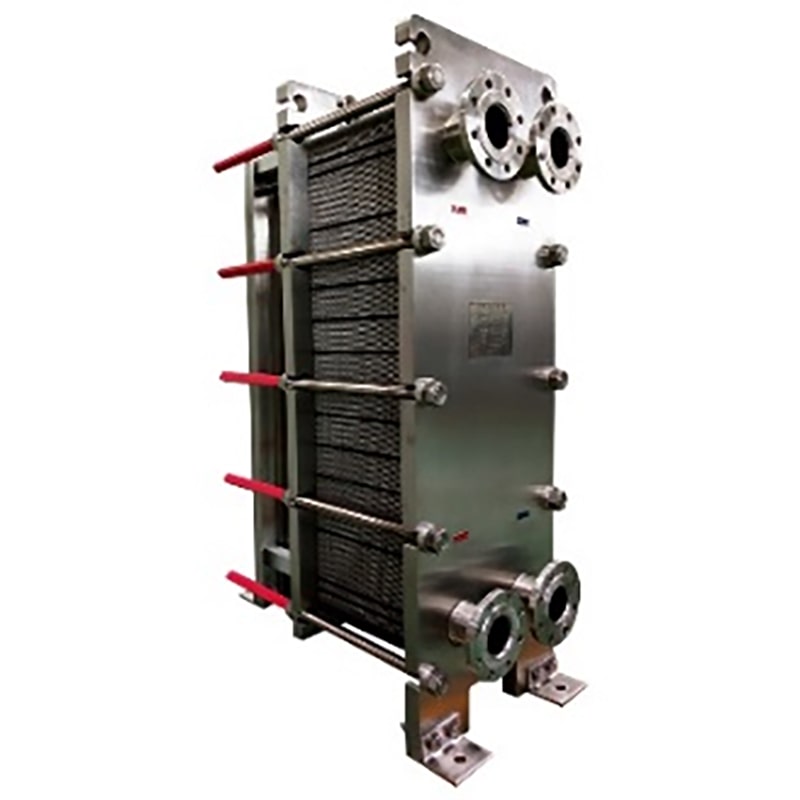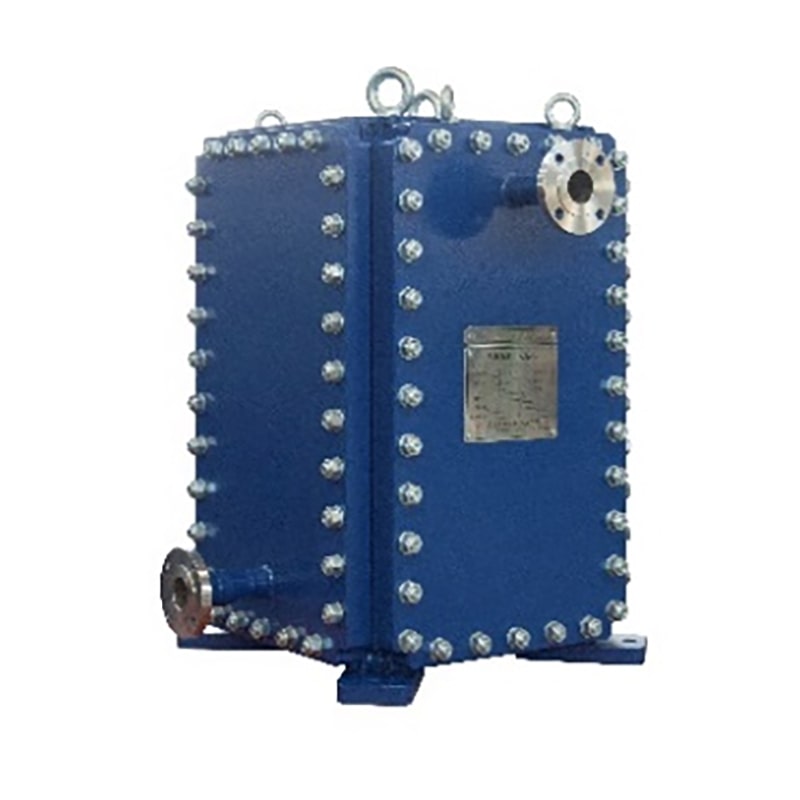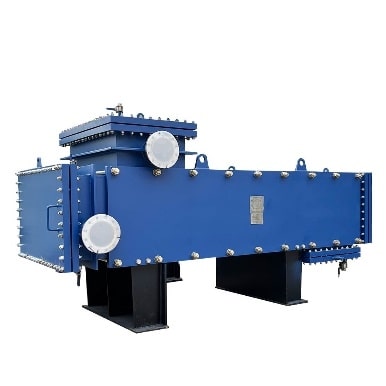
Heat Exchange Solutions for Food Industry
Food industry encompasses production, processing, packaging, and distribution of consumables, prioritizing safety, efficiency, and sustainability. Key sectors include dairy, beverages, canned goods, and prepared foods. Plate heat exchangers (PHEs) play a vital role in thermal processes such as pasteurization, heating, cooling, and concentration. Their compact design, high heat transfer efficiency, and hygienic surfaces ensure rapid temperature control while minimizing energy waste. PHEs also reduce cross-contamination risks and support heat recovery systems, aligning with industry demands for cost-effectiveness and eco-friendly practices. Applications span milk sterilization, juice processing, and waste heat reuse, enhancing productivity and compliance with stringent food safety standards.
Addressing Your Needs with Tailored Solutions
Food industry demands heat exchangers with high hygiene standards, efficient heat transfer, and corrosion resistance. They must handle rapid temperature changes, ensure product safety, and comply with strict regulations. Additionally, energy efficiency, ease of cleaning, and durability are critical to meet production needs and sustainability goals.
-
High Heat Transfer Efficiency
Plate heat exchangers (PHEs) feature a large surface area and turbulent flow design, enabling rapid and efficient heat transfer. This reduces processing time and energy consumption, ideal for pasteurization and sterilization in food production. -
Hygienic Design
PHEs are constructed with smooth, stainless steel plates, minimizing bacterial buildup and ensuring compliance with food safety standards. Their easy disassembly allows thorough cleaning, reducing contamination risks in sensitive processes like dairy and beverage production. -
Compact and Space-Saving
PHEs have a compact design, occupying less space than traditional shell-and-tube exchangers. This makes them suitable for facilities with limited space, while still delivering high performance in heating, cooling, and heat recovery applications. -
Flexibility and Scalability
PHEs can be easily expanded or modified by adding or removing plates, adapting to varying production demands. This flexibility supports diverse food processing needs, from small-scale operations to large industrial systems, ensuring cost-effective scalability.
Your Needs, Our Priority
contact usPractical Applications in Food Industry
-
(1) Edible Oil Processing
Production Process: Edible oil processing involves extraction, refining, bleaching, and deodorization. Heat is applied during refining and deodorization to remove impurities and improve quality.
Role of Plate Heat Exchanger: Plate heat exchangers (PHEs) are used for heating and cooling during refining and deodorization, ensuring efficient heat transfer and energy savings. -
(2) Sugar Production
Production Process: Sugar production includes dissolving raw sugar, filtering, concentrating, and crystallizing. Heat is essential for dissolving and concentrating sugar solutions.
Role of Plate Heat Exchanger: PHEs are employed for heat recovery and heating during concentration, improving energy efficiency and reducing production costs. -
(3) Fermented Products
Production Process: Fermented products like soy sauce and vinegar involve fermentation, pasteurization, and cooling. Temperature control is critical for fermentation and product stability.
Role of Plate Heat Exchanger: PHEs are used for pasteurization and cooling, ensuring precise temperature control and product safety. -
(4) Beverage Industry
Production Process: Beverage production includes heating, cooling, and pasteurization. For example, beer requires wort cooling, and juices need pasteurization.
Role of Plate Heat Exchanger: PHEs are used for rapid cooling and pasteurization, maintaining beverage freshness and quality. -
(5) Coffee Processing
Production Process: Coffee processing involves roasting, grinding, and extraction. Cooling is essential after roasting to preserve flavor.
Role of Plate Heat Exchanger: PHEs are used for cooling roasted coffee beans, ensuring optimal flavor and quality. -
(6) Dairy Industry
Production Process: Dairy processing includes pasteurization, homogenization, and cooling. Milk and cheese require precise temperature control for safety and quality.
Role of Plate Heat Exchanger: PHEs are used for pasteurization and cooling, extending product shelf life and ensuring safety.
Case Examples
Service
Shanghai Heat Transfer Board Replacement Parts Warehouse can provide various original accessories at any time to ensure product quality. At the same time, the Shanghai board can open a spare parts query interface to check inventory or issue spare parts plans anytime and anywhere, ensuring timely delivery.
more details
Who Are We?
Shanghai Heat Transfer Equipment Co., Ltd.(SHPHE) specializes in the design, manufacturing, installation, and service of plate heat exchangers and complete heat transfer systems.
more details

To Provide You with Better Service
Honor Our Common Journey,Develop Authentic Alliances,Create Collective Success.
Leave Your Message
* Full Name
* Country/Region
* Email
* Company name
* Telephone Number
* Enter your needs

SHPHE has complete quality assurance system from design, manufacturing, inspection and delivery. It is certified with ISO9001, ISO14001, OHSAS18001 and hold ASME U Certificate.

